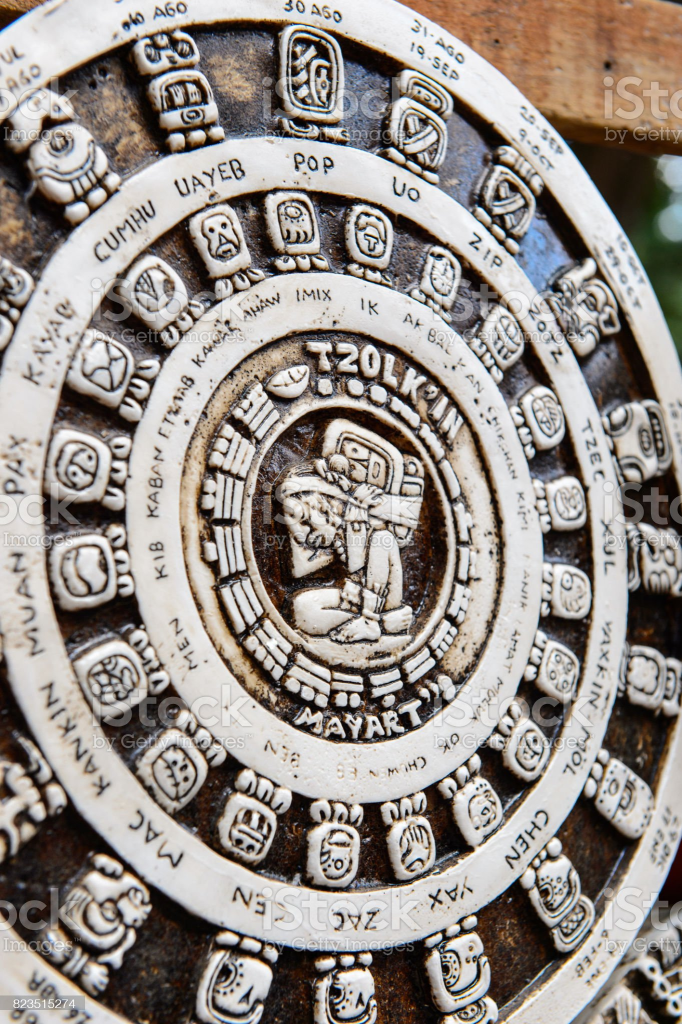The Maya civilization was famous for its advanced understanding of astronomy and the way of timekeeping. One of their most mysterious calendars was the 819-day calendar, which puzzled scholars for centuries. But recent scientific advances have helped decipher this ancient calendar, revealing its timeless secrets.

Unraveling the 819-day cycle of the mysterious Mayan calendar has long intrigued researchers. However, new research has finally shed light on how this cycle fits into a 45-year planetary cycle, providing the most comprehensive understanding of the complex calendar system to date.
A New Pattern Emerges
While previous research attempted to establish planetary connections for the 819-day count, its four-part directional color scheme was too short to fit well with the synodic periods of visible planets. By extending the calendar to 20 819-day periods, a pattern emerges in which the synodic periods of all visible planets correspond to seasonal points on the larger 819-day calendar.
Mayan 819-Day Calendar Finally Revealed by Science?
The Mayan calendar is a sophisticated system composed of smaller calendars, developed centuries ago in pre-Columbian Mesoamerica. Of the component calendars, the 819-day count has been the most perplexing to modern anthropologists. Initially, scientists believed that the count’s four colors corresponded to cardinal directions. However, in the 1980s, it was discovered that this assumption was incorrect.
Incorporating Visible Planets’ Synodic Periods
The Maya had extremely accurate measurements of the synodic periods of visible planets in the solar system: Mercury, Venus, Mars, Jupiter, and Saturn. While Mercury’s synodic period fits easily within the 819-day count, the other planets’ synodic periods posed a challenge. However, Linden and Bricker’s research reveals that each visible planet’s synodic period precisely aligns with a specific number of 819-day count cycles. This discovery also unveils a compelling link to the 260-day Tzolkin calendar.
The Mayan 819-Day CalendarA Larger, a More Comprehensive Astronomical Calendar?
According to Linden and Bricker, the expansion of the standard 4 × 819-day cycle to 20 819-day periods provides a larger calendar system with commensurations in its seasons for the synodic periods of all visible planets. This larger calendar system also offers a mechanism to reset the Tzolkin’s day number and name each time the cycle of 20 819-day periods begins. The research, published in Ancient Mesoamerica, emphasizes the Mayan calendar’s intricate and vast cosmic scope.






